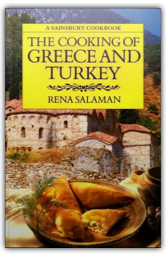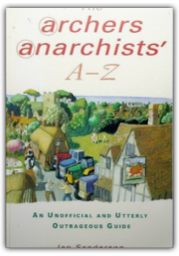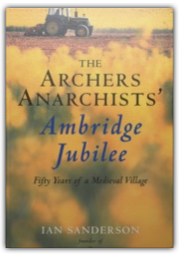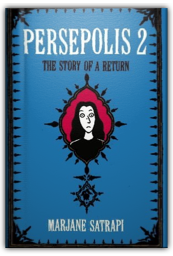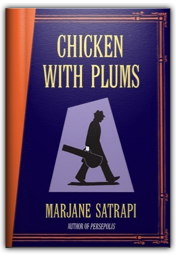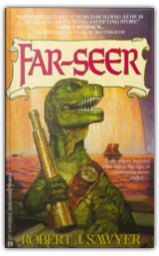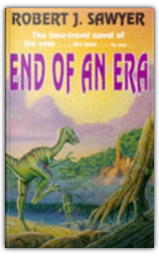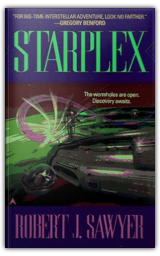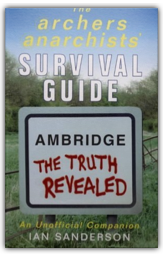 The Archers Anarchists' Survival Guide
Ian Sanderson
The Archers Anarchists' Survival Guide
Ian Sanderson
Readers, this is an odd book. It's very entertaining, certainly, but even so, The Archers Anarchists' Survival Guide is strange indeed. Written by Ian Sanderson—who has already penned The Archers Anarchists' A-Z—this guide is aimed at a distinct sub grouping of the BBC radio 4 audience (ie not many folks at all). This is a shame because the writing is actually very good. Not only must readers be fans of the long-running radio soap, they should also have a sense of humour, a dislike of green wellies and an unflinching belief that Ambridge is in fact real life. Rather like a particularly bitter Terry Wogan phone-in, or a vitriolic Tony Hawks (Round Ireland With A Fridge, etc) appearance on I'm Sorry, I Haven't A Clue, Sanderson rails against his beloved home from home with abandon, sneering at its chinless residents, laughing at its production shortfalls (twigs underfoot? It must be winter!), and basically performing a thorough assassination of the whole shebang (it's probably even funnier if you know who he's talking about). 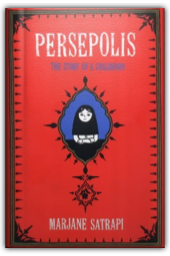 Persepolis
Marjane Satrapi
Persepolis
Marjane Satrapi
Marjane Satrapi's Persepolis is an exemplary autobiographical graphic novel, in the tradition of Art Spiegelman's classic Maus. Set in Iran during the Islamic Revolution, it follows the young Satrapi, the six-year-old daughter of two committed and well-to-do Marxists. As she grows up, she witness first-hand the effects that the revolution and the war with Iraq have on her home, family and school.  The Terminal Experiment
Robert J. Sawyer
The Terminal Experiment
Robert J. Sawyer
The Terminal Experiment has propelled Robert J. Sawyer into the limelight as one of science fiction's hot new writers, earning him the prestigious Nebula Award in the process. In this fast- paced thriller, Dr Peter Hobson's investigations into death and afterlife lead him to create three separate electronic versions of himself: one has no memory of physical existence and represents life after death; one has no knowledge of death or ageing and represents immortality; and the third is left unaltered as a control. But all three have escaped into the worldwide matrix ... and one of them is a killer. |
 Made with Delicious Library
Made with Delicious Library
London, State zipflap congrotus delicious library Scott, Mike
